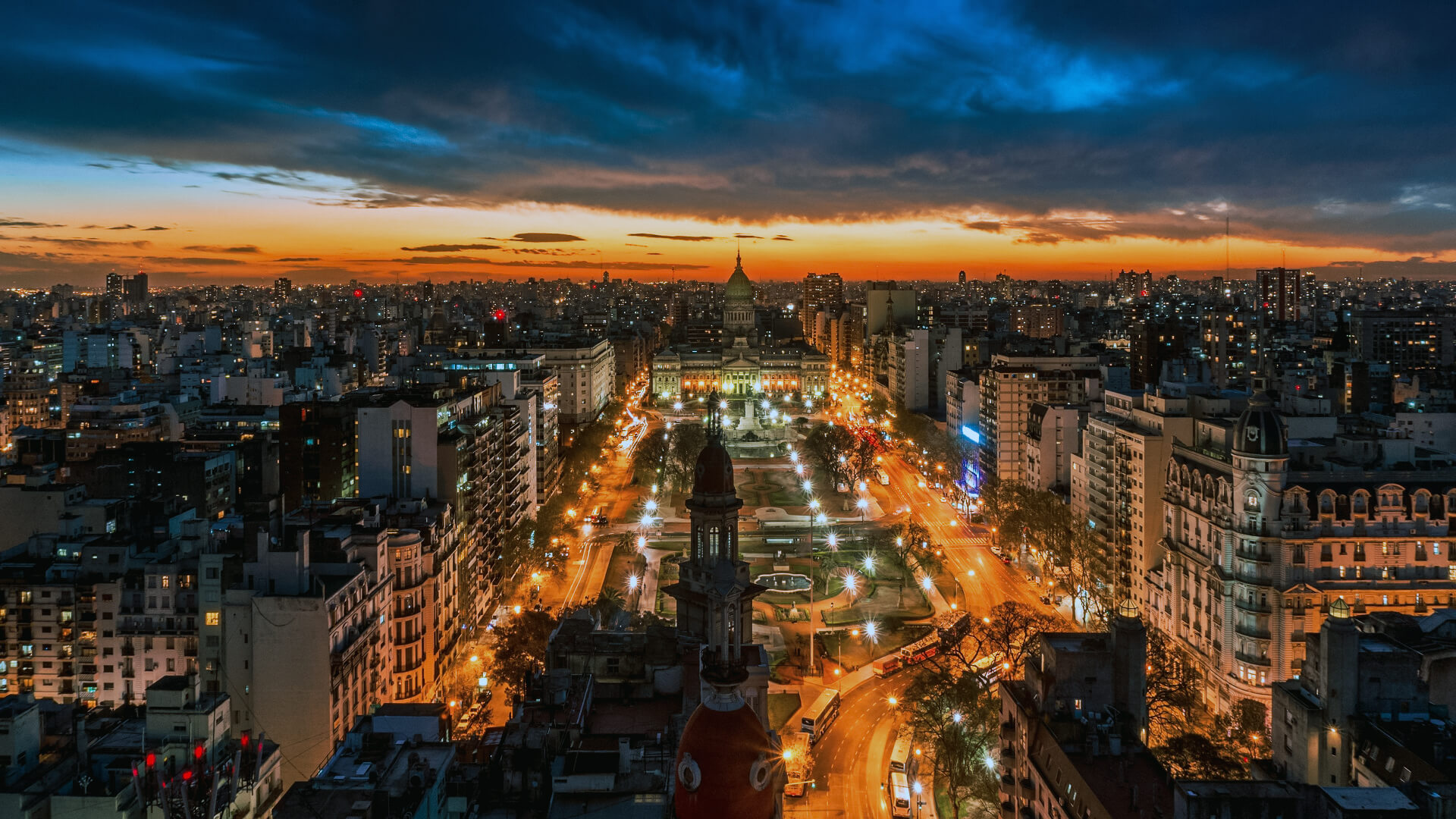Argentina, formally known as the Argentine Republic, is a federal republic located in South America’s southern half. The nation shares the majority of the Southern Cone with its neighbor Chile to the west, and is also bounded on the north by Bolivia and Paraguay, on the northeast by Brazil, on the east by Uruguay and the South Atlantic Ocean, and on the south by the Drake Passage. Argentina is the eighth-biggest nation in the world, the second largest in Latin America, and the largest Spanish-speaking country, with a mainland area of 2,780,400 km2 (1,073,500 sq mi). The country is split into twenty-three provinces (Spanish: provincias, singular provincia) and one autonomous city (ciudad autónoma), Buenos Aires, which has been designated by Congress as the country’s federal capital (Spanish: Capital Federal). Provinces and the capital have their own constitutions, but operate under a federal framework.
Argentina claims sovereignty over a portion of Antarctica, the Falkland Islands (Islas Malvinas in Spanish), and South Georgia and the South Sandwich Islands. The oldest evidence of human presence in what is now Argentina goes all the way back to the Paleolithic era. The country’s origins date all the way back to the 16th century Spanish occupation of the area. Argentina came to prominence as the successor state of the Viceroyalty of the Ro de la Plata, a Spanish foreign viceroyalty established in 1776. The proclamation of independence and subsequent struggle for independence (1810–1818) were followed by a protracted civil war that lasted until 1861, ending in the country’s restructuring as a federation of provinces with Buenos Aires as its capital city. Following then, the nation experienced relative peace and stability, while huge waves of European immigration reshaped the country’s cultural and demographic landscape. Argentina’s near-unprecedented rise to riches resulted in Argentina being the world’s sixth wealthiest developed country by the early twentieth century.
Argentina fell into political instability and repeated economic crises after 1930, but remained among the world’s fifteen wealthiest nations until the mid-20th century. Argentina maintains its traditional role as a medium power in international affairs and is a regional force in the Southern Cone and Latin America. Argentina is South America’s second biggest economy, Latin America’s third largest, and a member of the G-15 and G-20 major economies. Additionally, it founded the United Nations, the World Bank, the World Trade Organization, Mercosur, the Union of South American Nations, the Community of Latin American and Caribbean States, and the Organization of Ibero-American States. It has Latin America’s highest Human Development Index, with a grade of “extremely high.” Argentina is categorized as a high-income economy due to its stability, market size, and expanding high-tech industry.


